(December 17, 2022) “When the Dobbs decision came down in June, I felt the urge to speak to people who had fought so hard for abortion rights before 1973 – those who first envisioned an American in which abortion access was a federal protection,” Vanity Fair‘s Radhika Jones writes in the editor’s letter of the October issue. The 49-year-old Indian American met activist Gloria Steinem to highlight the artists and advocates “across generations who fight on the new front lines of reproductive justice, who advance feminist causes through their work, and who by their own sheer excellence carve out indelible space for women’s voices in American culture.” This is exactly what makes Radhika Jones different from any other Vanity Fair editor-in-chief ever. For the last five years, she has been consciously curating the covers and stories for each edition of the magazine, making sure to put the spotlight on issues that matter.
View this post on Instagram
In December 2017, Radhika took off the dusty sheets of the age-old formula that had high-octane gloss, glamour, nostalgia, and polarisation at the very centre of Vanity Fair. Stepping in as the editor-in-chief of Vanity Fair after Graydon Carter’s retirement and being the first woman of colour to achieve that feat, the Harvard graduate has proudly infused inclusivity, representation, diversity, culture, and aspiration into the world of the celebrity-society magazine.
Her first cover featuring producer-writer Lena Waithe in April 2018 issue turned out to be a game-changer and caused seismic shifts in America’s culture. By putting a Hollywood up-and-comer and a queer person of colour on the cover, Jones set the ball rolling. “What I realized when I took the helm at Vanity Fair is that I wanted to prioritise putting people on the cover who hadn’t been on the cover before,” she told Los Angeles Times.
Inclusivity and giving a voice to events and people who needed to be heard the most became Jones’ mantra. Since then, every cover story of Vanity Fair speaks volumes about her clarity of vision and her choice to represent the unrepresented. “It’s our mission at Vanity Fair to take the pulse of the culture – high and low. It comes with tremendous opportunity: to draw attention to the people who are on the culture’s cutting edge and whose talent and creative vision transform the way we see the world and ourselves,” read her first editor’s letter.
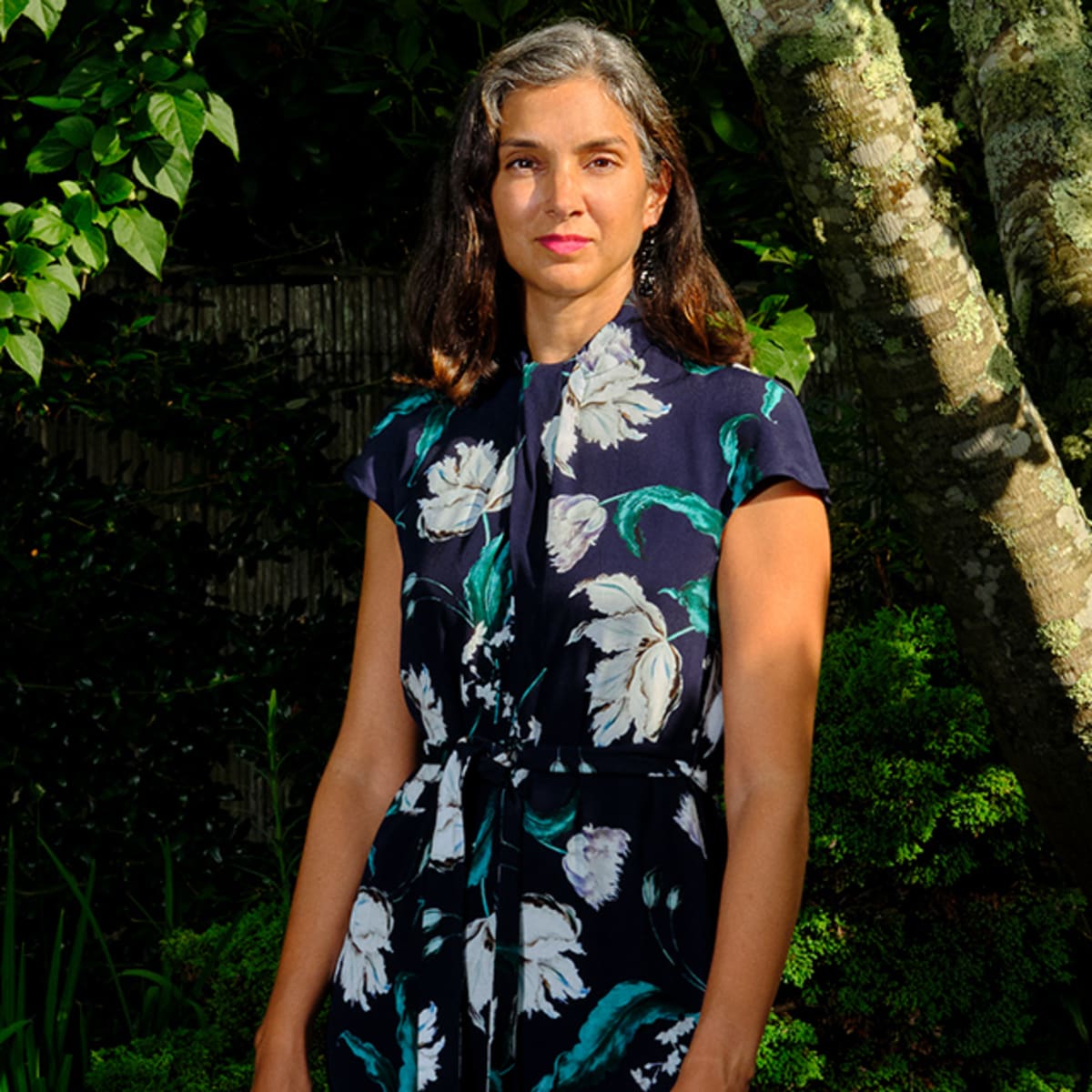
Radhika Jones is the editor-in-chief of Vanity Fair
It’s her upbringing and background that can be partially credited for the success of Vanity Fair.
Foray into journalism
Born to Robert L Jones, an American folk musician, and an Indian mother, Marguerite Jones, Radhika was raised in Connecticut surrounded by music. Her dad was a prominent figure in the American folk scene in the 50s and 60s, and she often accompanied him to music festivals. When he travelled less, she sold T-shirts and worked at the box office at many events that her father helped produce. “One thing I really learned from my father was the kind of excitement and rush of discovering new talent and keeping an open mind to new voices and bringing artists together,” the Global Indian added.
While she loved the vibe of the music, it was books that attracted her. A bibliophile, Jones studied English Literature at Harvard University, but it was her love for storytelling that pulled her into journalism, and she began her career with the Moscow Times in the mid-90s. She moved up the ladder as she started working at Art Forum, and later ended up at the Paris Review as the managing editor. In 2008, she joined TIME magazine as an arts editor and moved up the ranks to the role of deputy editor.
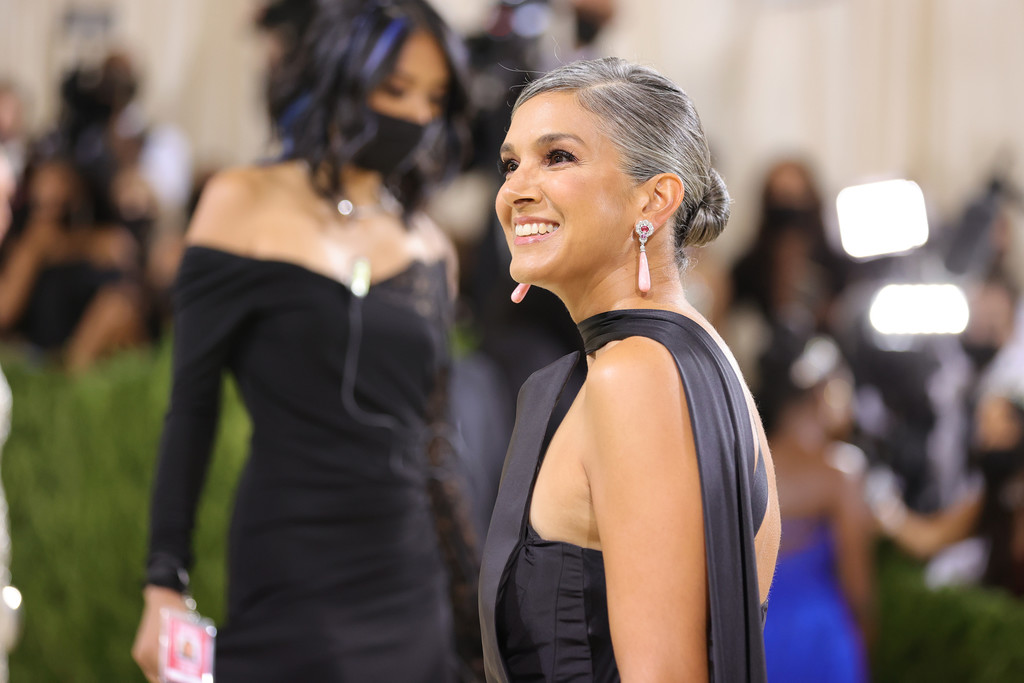
Radhika Jones has transformed Vanity Fair and how!
TIME turned out to be a gamechanger for Jones as the place exposed her to a variety of journalism. From hard news to investigation to art criticism, Jones immersed herself deeply into the know-how of every aspect of magazine making. Learning the ropes from the best, she later joined New York Times as the editorial director of the books department.
The beginning of a new era
A year later, when Graydon Carter stepped down as the editor-in-chief of Vanity Fair, Jones made history by becoming the first Indian-American to head the magazine. However, her entry into Vanity Fair was met with surprise and suspicion because of her background in academia. It was speculated that she wouldn’t be a good fit for the role as it required networking, and someone in the public eye would be a better choice.
In no time, Jones shut her naysayers when she transformed the image of the magazine by starting a conversation with truly diversifying covers and amplifying the voices of people of colour.
An ambassador of inclusivity and representation
Jones signalled her arrival at Vanity Fair with Lena Waithe’s cover in April 2018. For a magazine whose covers had been glossed with glamour and high-profile celebrities for many decades, this was an avant-garde moment. Jones put an Emmy winner, a queer, and a woman of colour on the cover because she had a story to tell. “When I thought about the kind of person, I’d like to see on the cover of Vanity Fair, I thought about Lena Waithe—a member of the new creative elite remaking entertainment for her generation,” wrote Jones in Vanity Fair.
View this post on Instagram
With each passing month, Jones put across stories that mattered. She was a woman on a mission—to start a dialogue.
Only Jones could have put a portrait of Breonna Taylor, a 26-year-old African-American woman who had been brutally and wrongfully killed by the police at her apartment in March 2020, on her cover. Paying a tribute to a life that mattered and giving voice to the Black Lives Matter protest is what made Jones an editor-in-chief different from the rest. The cover later received three National Magazine Award nominations—for single-topic issue; for Jesmyn Ward’s essay “Witness and Respair”; and for coverage of race in America.
View this post on Instagram
In 2020 with the Black Lives Matter campaign in full swing, Vanity Fair created history when it hit the stalls with a powerful image of Oscar-winning actor Viola Davis shot by photographer Dario Calmese, making him the first black photographer to shoot a front cover for the magazine. In the same issue, Jones revealed that only 17 black people made it to the cover of Vanity Fair between 1983 and 2017, and the Indian American was determined to change that.
She went on to publish 11 solo covers featuring black people in the last three years and also started a dialogue around important events: Jones signalled the beginning of a new era.
Jones has become a visionary and champion of talent and cause, and Lena Waithe’s tribute is a testimony to it. “Radhika, Today, I honour you. For the contributions, you’ve made to entertainment and the world. By putting someone who looks like me on the cover of Vanity Fair you said to the world: Women like me matter. Black women matter. Gay black women matter. Masculine-presenting black women matter. A girl raised by a single mother on the South Side of Chicago matters. Thank you for forcing the world to hold my gaze.”



 Paras Khuran[/caption]
Paras Khuran[/caption] Sanjay Gupta[/caption]
Sanjay Gupta[/caption]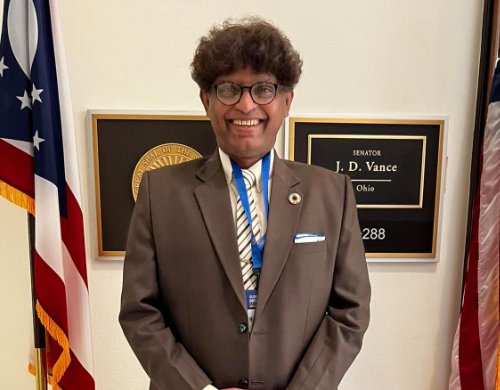 Harold D'Souza[/caption]
Harold D'Souza[/caption]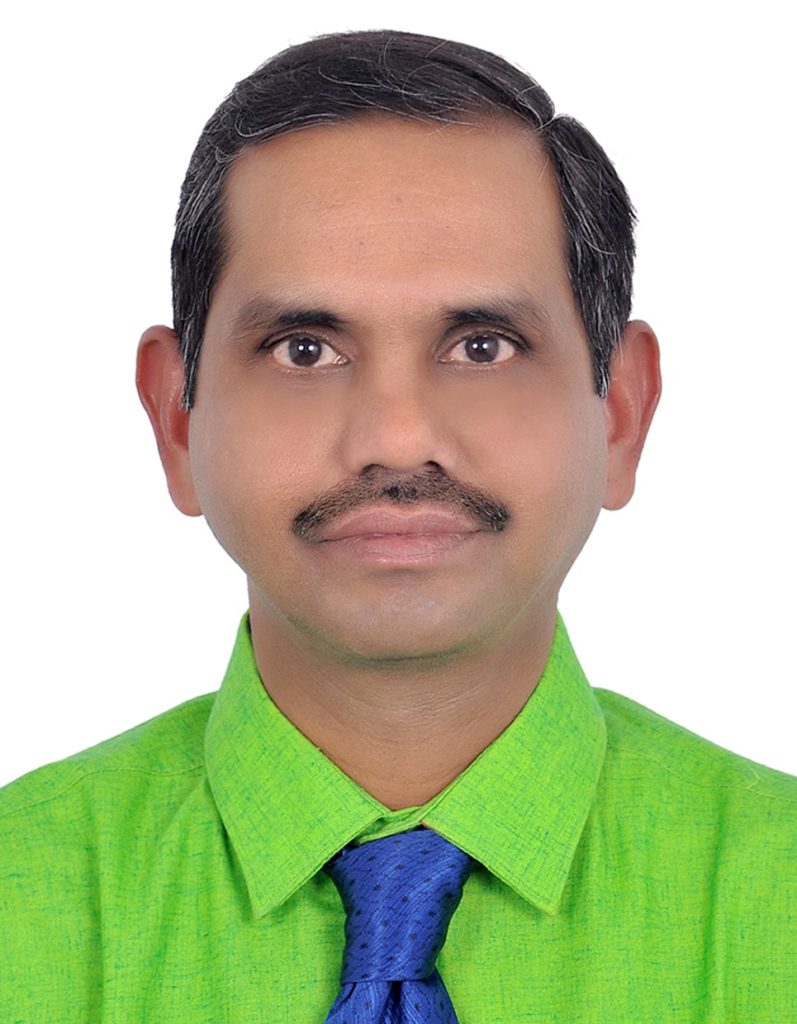 Suresh Jayaraman[/caption]
Suresh Jayaraman[/caption]
 A lake rejuvenated by Anand Malligavad[/caption]
A lake rejuvenated by Anand Malligavad[/caption]
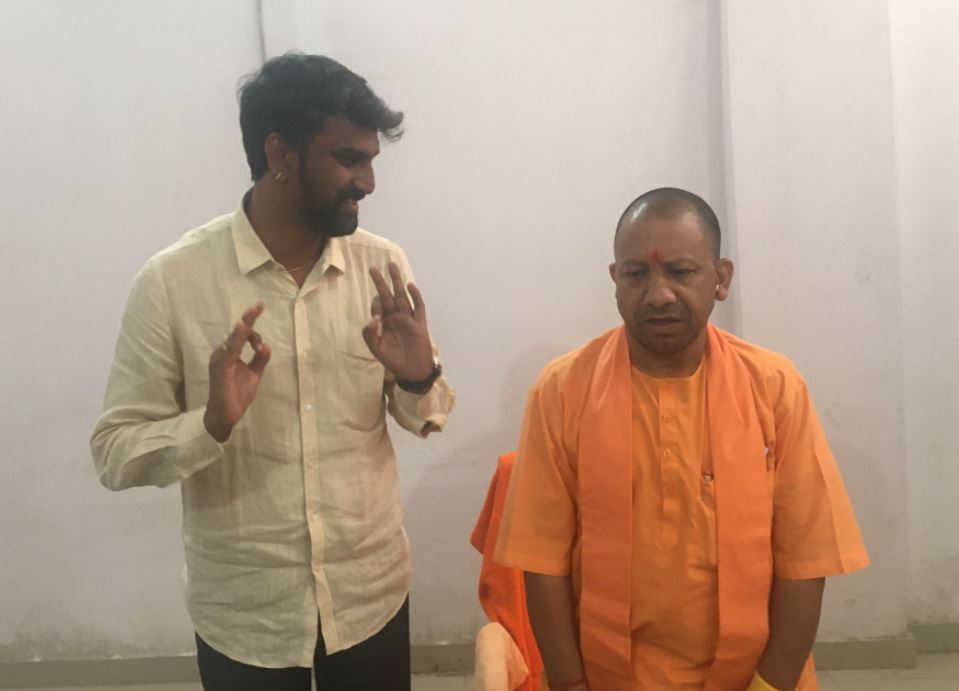 Anand Malligavad with chief minister of Uttar Pradesh, Yogi Adityanath[/caption]
Anand Malligavad with chief minister of Uttar Pradesh, Yogi Adityanath[/caption]

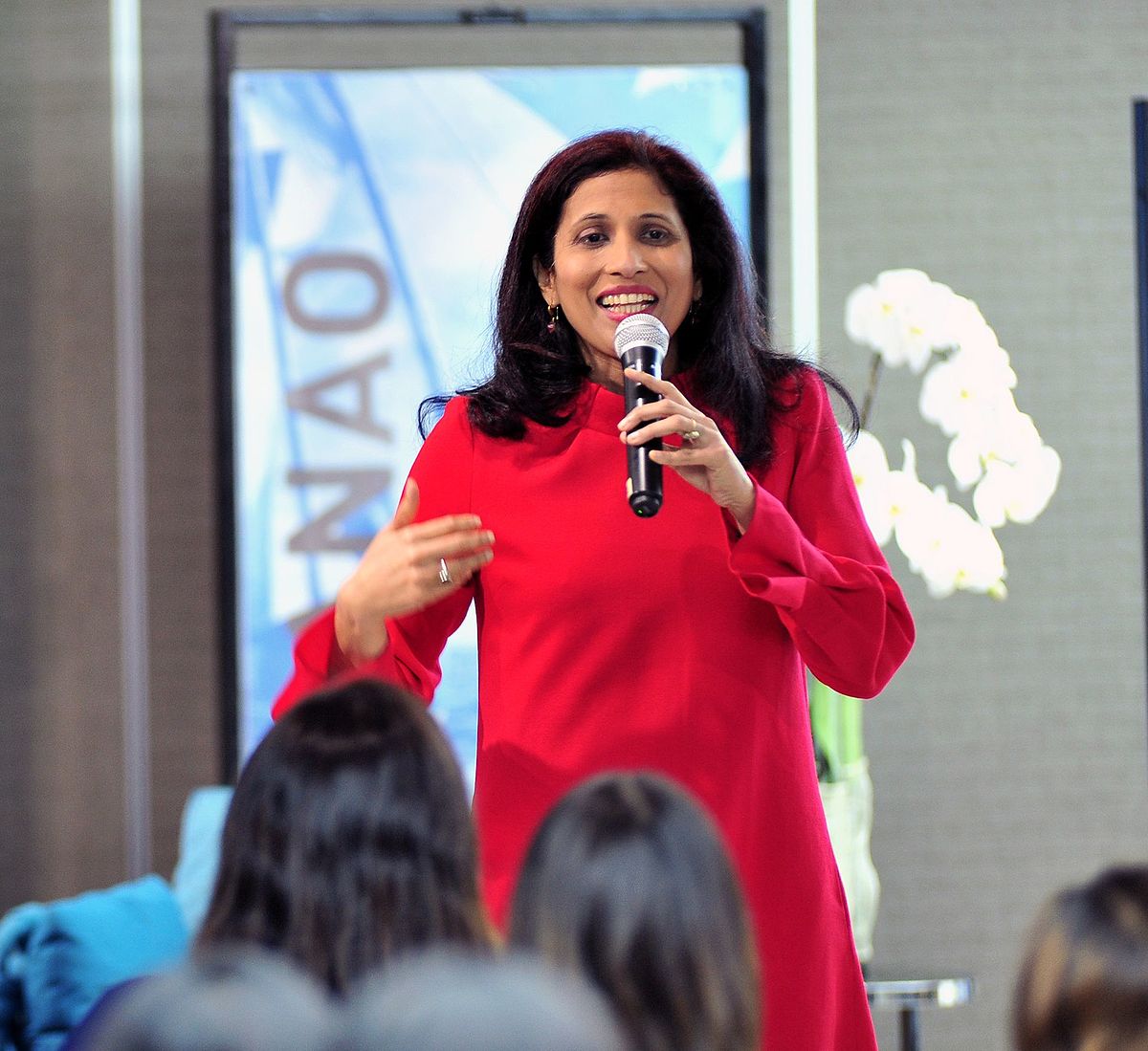
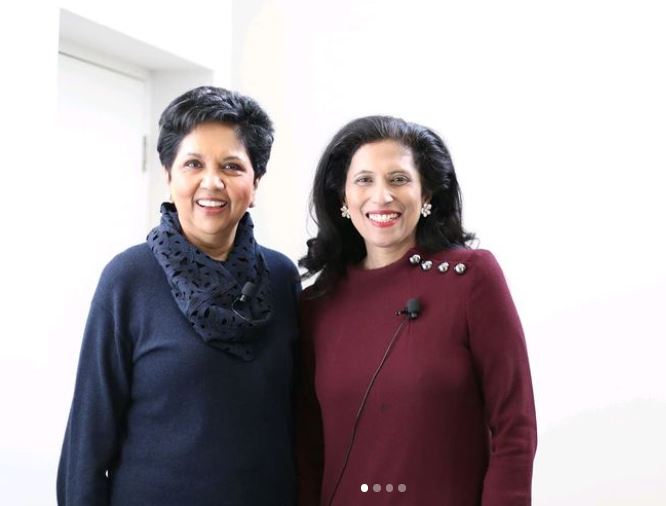 Leena Nair with Indra Nooyi, former PepsiCo CEO whom she calls friend and mentor[/caption]
Leena Nair with Indra Nooyi, former PepsiCo CEO whom she calls friend and mentor[/caption]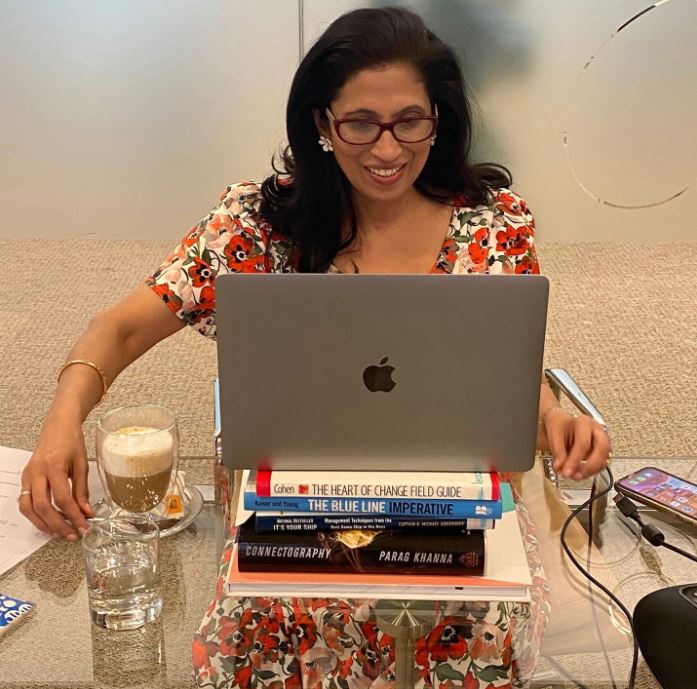
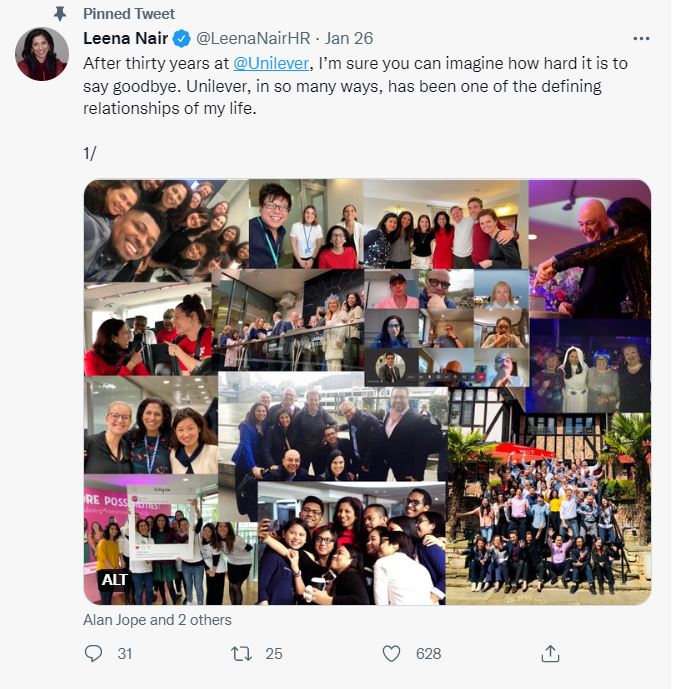
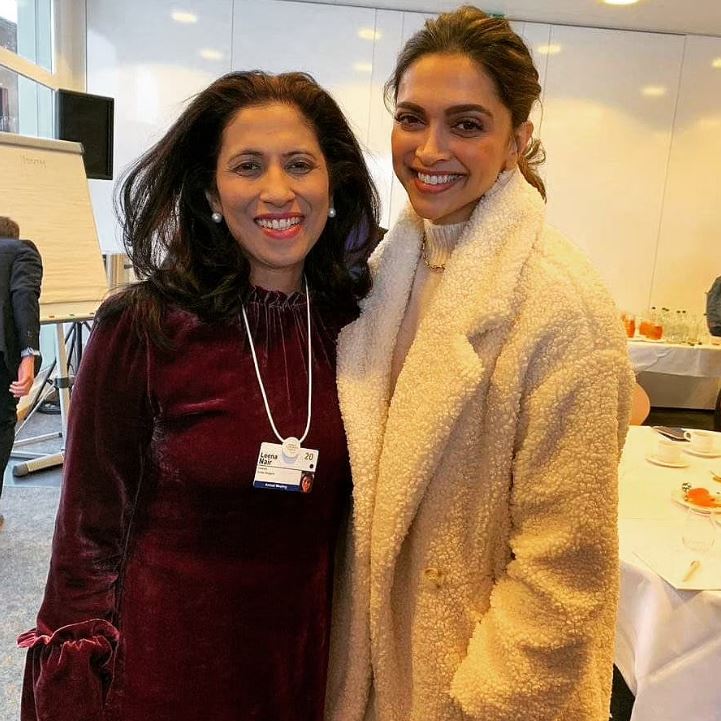 Leena Nair with Bollywood actress, Deepika Padukone[/caption]
Leena Nair with Bollywood actress, Deepika Padukone[/caption]
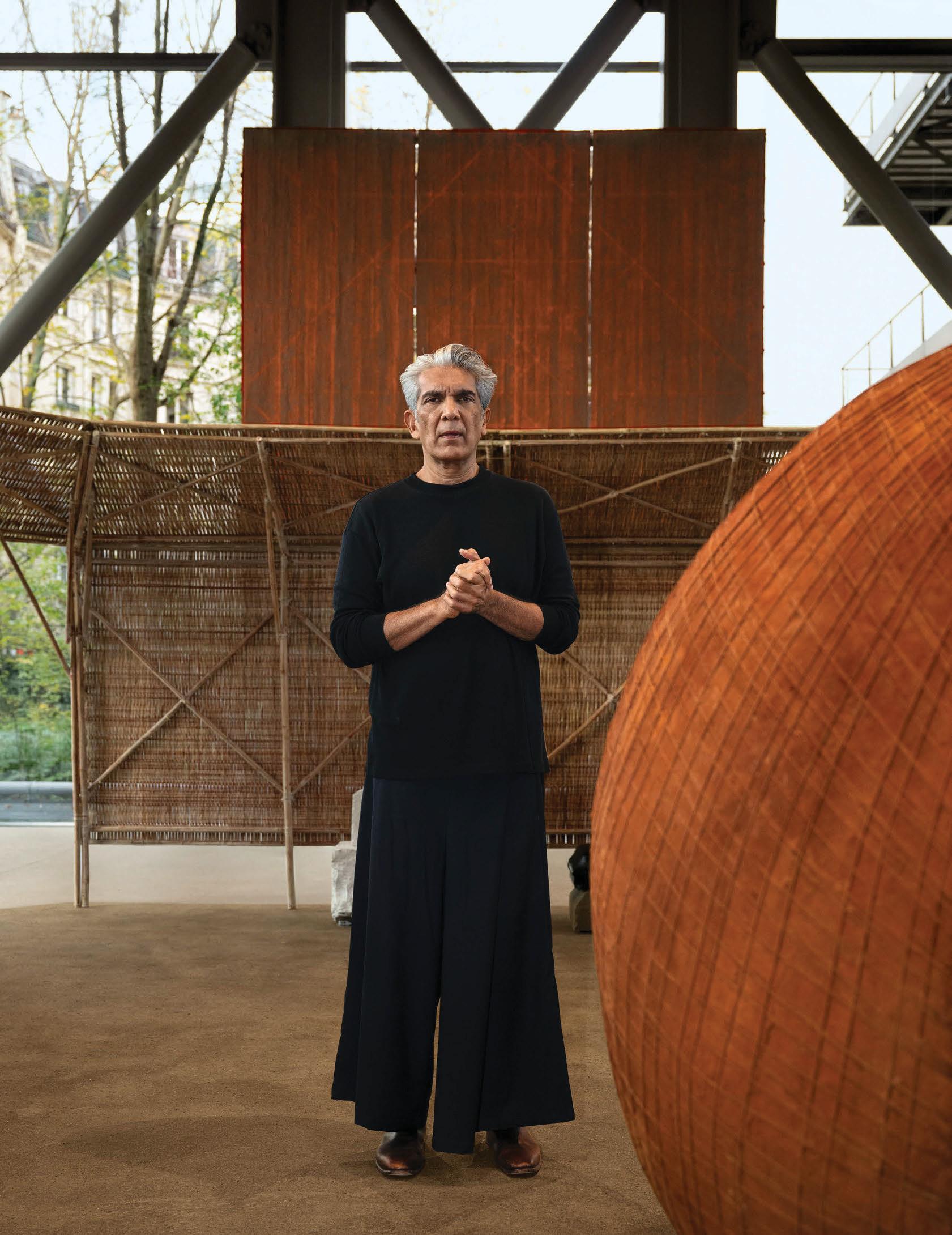
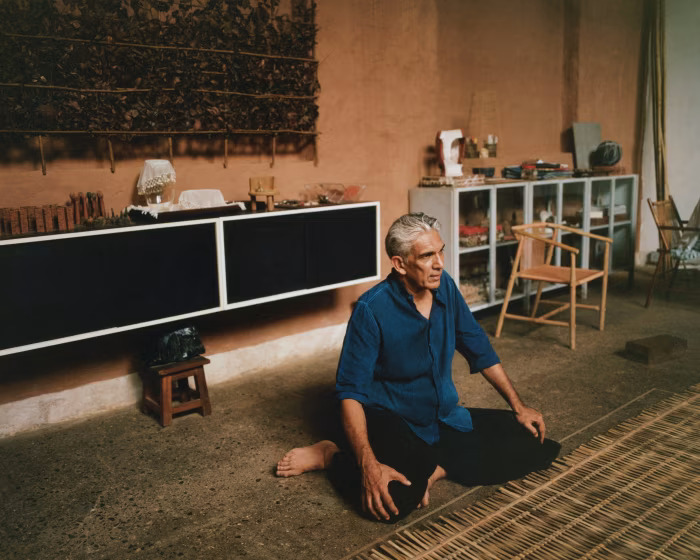
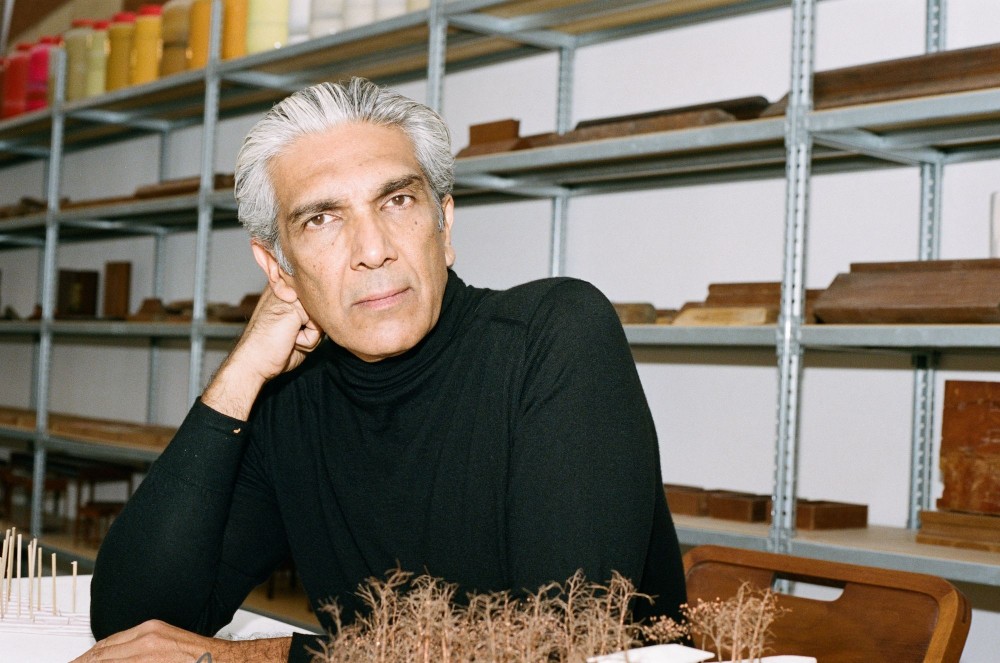 Bijoy Jain[/caption]
Bijoy Jain[/caption]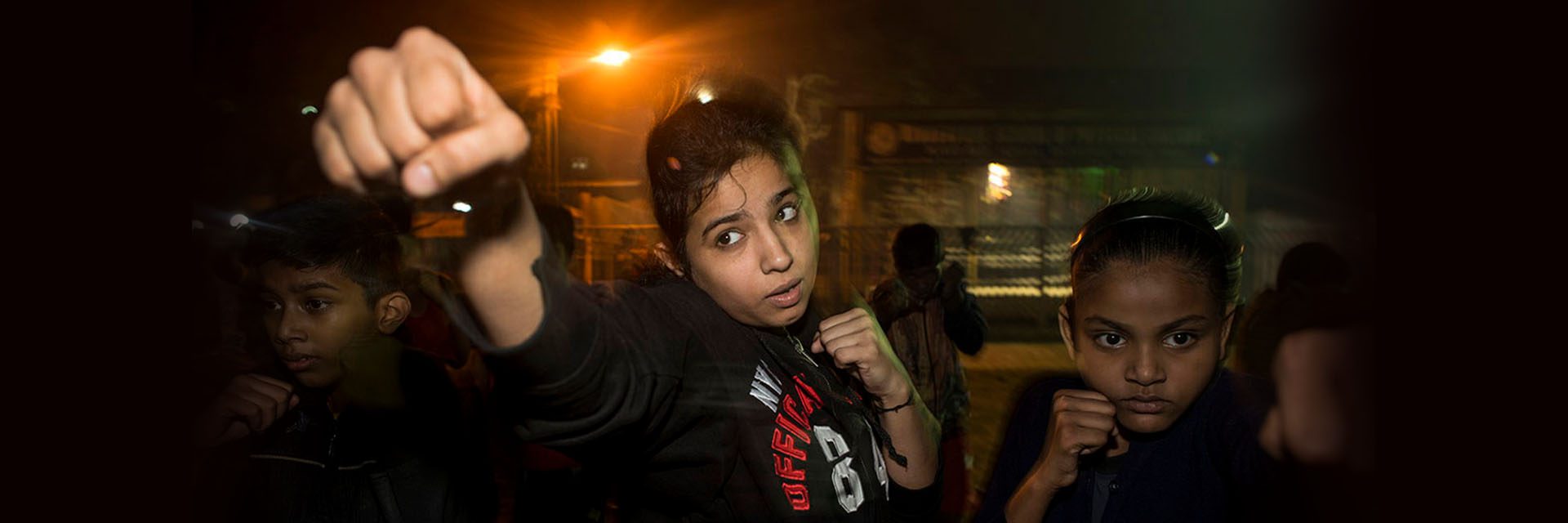
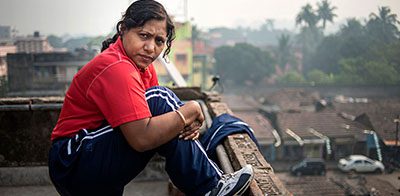 Razia Shabnam exercises at her rooftop; Photo Courtesy: Arindam Mukherjee[/caption]
Razia Shabnam exercises at her rooftop; Photo Courtesy: Arindam Mukherjee[/caption] Photo Courtesy: Arindam Mukherjee[/caption]
Photo Courtesy: Arindam Mukherjee[/caption]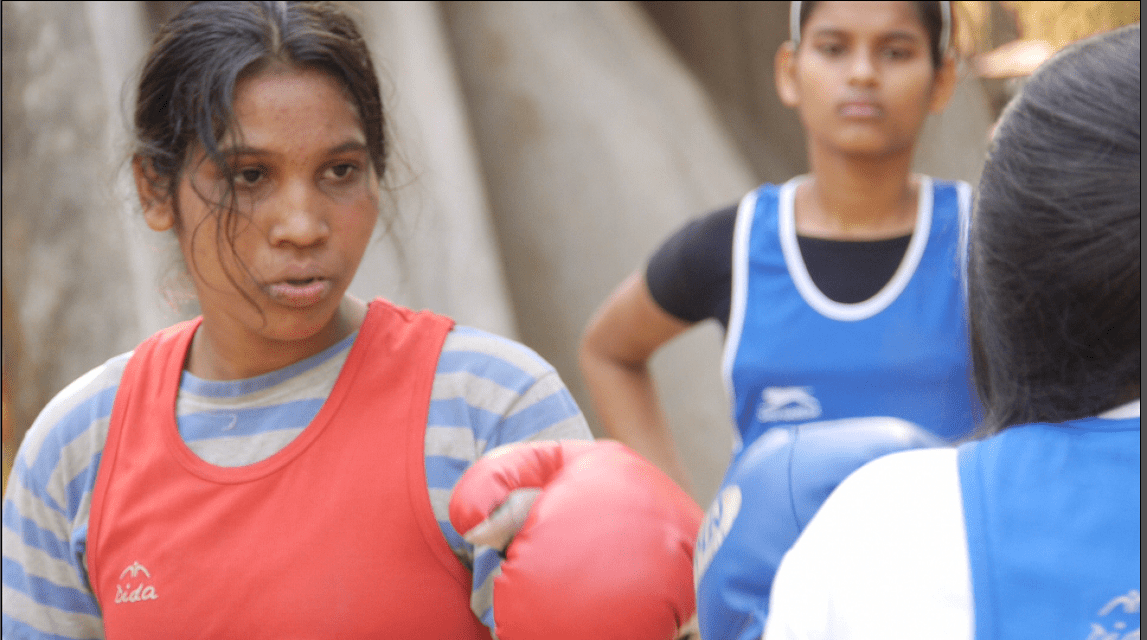 Ajmira Khatun during a practise session; Photo Courtesy: Alka Raghuram[/caption]
Ajmira Khatun during a practise session; Photo Courtesy: Alka Raghuram[/caption]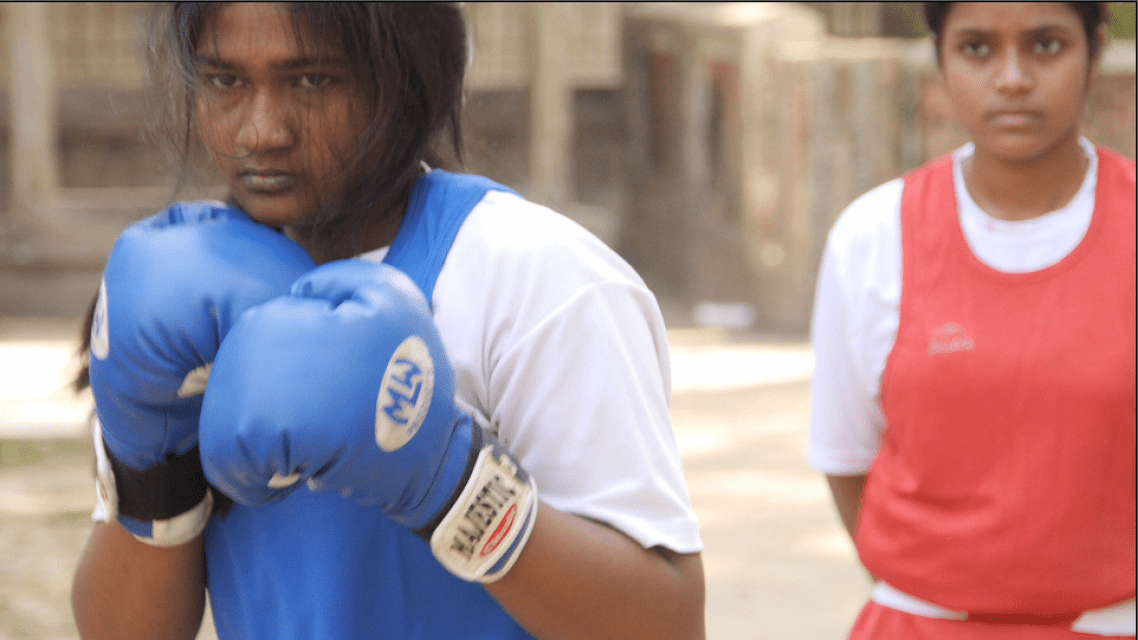 Taslima during a practise session; Photo Courtesy: Alka Raghuram[/caption]
Taslima during a practise session; Photo Courtesy: Alka Raghuram[/caption]